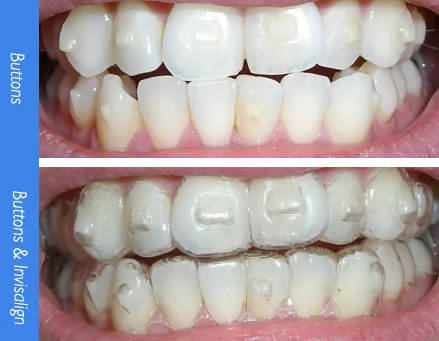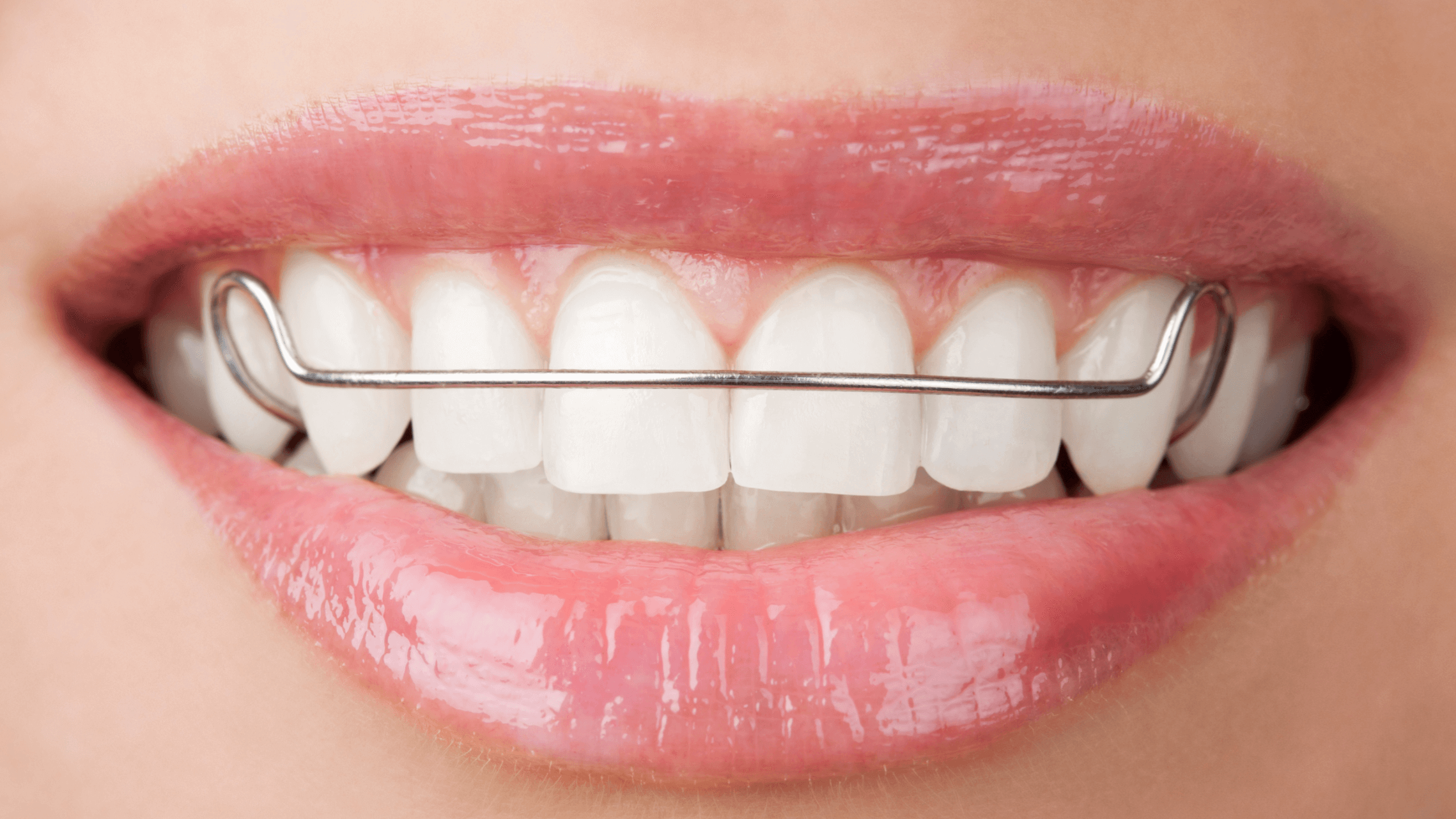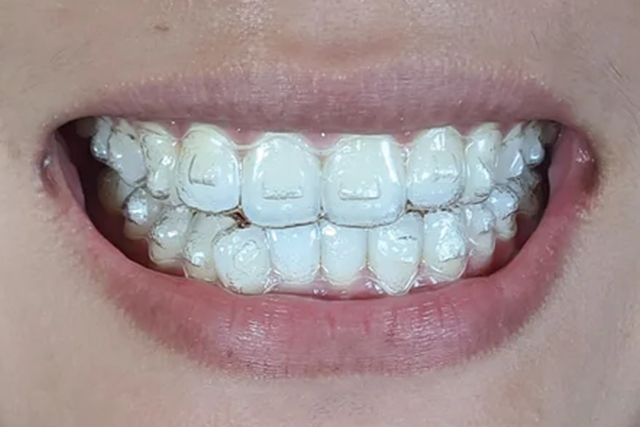Success Stories: How Invisalign Changed Lives and Increased Confidence
Success Stories: How Invisalign Changed Lives and Increased Confidence
Blog Article
Invisalign vs. Standard Braces: Which Alternative Is Right for You?
When thinking about orthodontic therapy, the choice between Invisalign and standard dental braces offers several essential aspects that merit cautious analysis. Invisalign uses a very discreet choice with detachable aligners, while traditional braces offer a much more visible yet efficient option for extreme imbalance.
Review of Therapy Alternatives

In contrast, conventional dental braces contain steel brackets and cords that are bound to the teeth. This method applies continual pressure gradually to achieve alignment. While reliable for complex orthodontic problems, traditional braces call for normal visits for modifications and can position obstacles in keeping oral health as a result of the trouble of cleaning about brackets and wires.
Both options have their values, and the selection usually depends upon specific dental conditions, lifestyle preferences, and person conformity. Inevitably, speaking with an orthodontic professional is important for figuring out one of the most appropriate therapy plan tailored to individual needs. Recognizing the subtleties of each alternative can substantially influence the total success of orthodontic therapy.
Visual Considerations
A considerable variable influencing the option in between Invisalign and conventional braces is the visual allure each therapy offers. Invisalign aligners are crafted from clear plastic, making them essentially unseen when used. This discreet appearance is particularly attracting grownups and teens who might feel self-conscious regarding their orthodontic treatment. The ability to preserve a natural smile throughout the positioning process can substantially improve the patient's confidence in professional and social setups.
On the other hand, traditional braces consist of metal braces and cables, which can be a lot more recognizable. While improvements in orthodontic technology have led to the growth of smaller sized braces and colored elastics, conventional braces still maintain an even more noticeable profile. For some individuals, the exposure of dental braces might discourage them from seeking essential treatment.
Ultimately, the option in between Invisalign and typical braces may rest on individual choices relating to aesthetic appeals. People that focus on discretion usually favor Invisalign, while those who are much less concerned concerning exposure may decide for conventional dental braces. Recognizing the visual effects of each choice is crucial for making a notified decision that straightens with one's way of life and preferences.
Comfort and Convenience
&srotate=0)
In terms of convenience, Invisalign aligners are detachable, enabling individuals to appreciate their preferred foods without limitation and maintain optimal oral health. Brushing and flossing are simplified, as the aligners can be taken out during these routines, whereas conventional braces require cautious navigating around cables and braces.
In contrast, standard get redirected here braces demand regular changes, making them less convenient for those with hectic timetables. Generally, the comfort and ease of Invisalign make it an attractive choice for several individuals looking for orthodontic therapy.
Treatment Duration and Effectiveness
While both Invisalign and standard braces are effective in dealing with dental imbalances, the duration of therapy can differ considerably between the 2 alternatives. Normally, Invisalign treatment can take anywhere from 12 to 18 months, depending upon the complexity of the situation. The clear aligners function by progressively shifting teeth into their desired positions, and normal follow-ups with an orthodontist aid ensure progression remains on course.
On the other hand, conventional dental braces often require a longer commitment, normally varying from 18 months to 3 years. This results from their fixed nature and using brackets and cables, which can be much more effective for complex instances and extreme imbalances (Invisalign). The treatment performance of standard braces is well-documented, as they permit for specific adjustments and greater control over tooth movement
Eventually, the option in between Invisalign and conventional dental braces might hinge on both the expected therapy period and the particular oral issues handy. Consulting with an orthodontist is essential, as they can give customized referrals based upon private demands, guaranteeing the chosen method lines up with wanted end results and timeframes.
Price Contrast and Insurance Coverage Options
Cost plays a significant role in the decision-making process for individuals considering orthodontic therapy, whether choosing Invisalign or conventional braces. Generally, the expense of click for info Invisalign arrays from $3,000 to $8,000, while conventional dental braces usually set you back in between $2,000 and $6,000. Variables affecting these expenses consist of the complexity of the instance, the period of therapy, and geographical place.
Numerous oral insurance coverage strategies supply partial protection for orthodontic treatments, however the specifics can vary commonly. Normally, typical braces might be extra regularly covered by insurance policy plans compared to Invisalign, which some insurance providers categorize as an aesthetic procedure.
Furthermore, numerous orthodontic practices supply versatile layaway plan, making both treatment choices a lot more obtainable. Individuals ought to inquire regarding prospective funding options and price cuts for ahead of time repayments. Reviewing the overall go to my site price, including insurance coverage benefits and settlement strategies, is vital for making an informed decision that lines up with both visual choices and spending plan considerations.

Final Thought
In recap, the option in between Invisalign and standard braces hinges on multiple factors, including visual choices, comfort, treatment period, and price. Invisalign uses a discreet, removable alternative that helps with dental hygiene and dietary versatility, while traditional dental braces may be preferable for complex oral issues and usually come with a reduced cost factor. Eventually, appointment with an orthodontist is vital to analyze private conditions and figure out the most ideal therapy alternative for attaining ideal oral positioning.
When considering orthodontic treatment, the option in between Invisalign and traditional braces provides numerous essential elements that merit careful evaluation.Comparing Invisalign and traditional braces reveals distinct therapy alternatives for orthodontic modification.While both Invisalign and standard dental braces are reliable in dealing with oral imbalances, the period of treatment can vary significantly in between the two alternatives.Cost plays a considerable function in the decision-making process for people considering orthodontic therapy, whether deciding for Invisalign or conventional dental braces.In recap, the selection between Invisalign and traditional braces hinges on numerous elements, consisting of aesthetic choices, comfort, therapy duration, and price.
Report this page